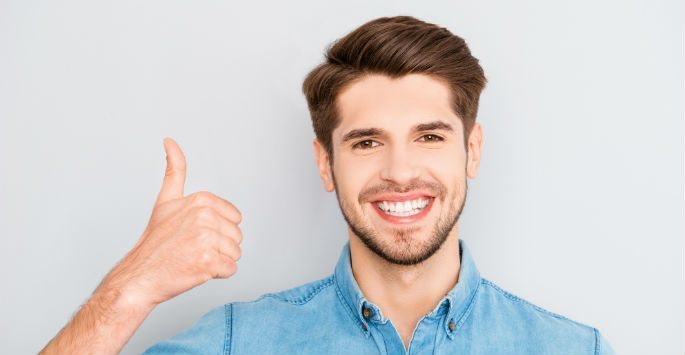We use our hands, our wrists and our forearms all day long. They allow us to perform a wide range of activities. Our hands are a marvel of design. They are unbelievably flexible, but at the same time, they are strong. They allow us to grasp large and heavy objects, but they are delicate enough to allow us to pick up a small needle off the floor. Whether we are driving or working, we use our hands. As such, if you have an issue with your hands, it may be necessary to consult with our hand surgeon.
When the joints and the tendons in our hands are working properly, we can do complicated tasks without even thinking about them. However, when we are experiencing pain or when there is another source of injury in our hands, we are left with a limited range of motion that can make seemingly simple things challenging. Certain tasks become all but impossible.
When this is the case, it might be the right time to visit our hand surgeon. A lot of conditions that affect your hands can get worse if they’re not treated immediately. Some of the same conditions can be permanently corrected as long as they are caught in time.
So, what does a hand surgeon do? Well, a hand surgeon specializes in diagnosing and addressing problems of the hand. They also understand how your forearms and your shoulders work. This is because a lot of issues that might seem like they stem from your hands could actually be problems with your forearms or your shoulders.
Our hand surgeon specializes in surgery, and he is uniquely qualified for the work that he does. However, he is also skilled in using non-invasive techniques when it comes to treating the joints, tendons and muscles in your hands and in your arms.
If you feel pain in your fingers, your wrists or your hands that does not go away after a few days, you may want to speak with our hand surgeon. This is also true if you find it hard to do daily functions that you used to do with ease.
It is especially important to talk to our hand surgeon if you have pain in the joints of your hands that seems like it gets worse when you’re not doing anything. Or if you notice that your hands and your wrists are swollen, contact our office. Anything that limits the range of motion of your hands should be a cause for concern.
Certain symptoms such as redness, fever or inflammation could be a sign that you have an infection in your hand. This should not be taken lightly. The same is true for any injuries or cuts on your hands.
If either of your hands is causing you any trouble, get in touch with the team at Arora Hand Surgery right away. During a consultation at our office in West Bloomfield, Macomb, Howell, or Warren, our experienced and skilled hand surgeon can assess your condition and come up with a safe and effective way to treat it. He will only use surgery as a last resort. Contact us today to schedule an appointment to learn more!





















